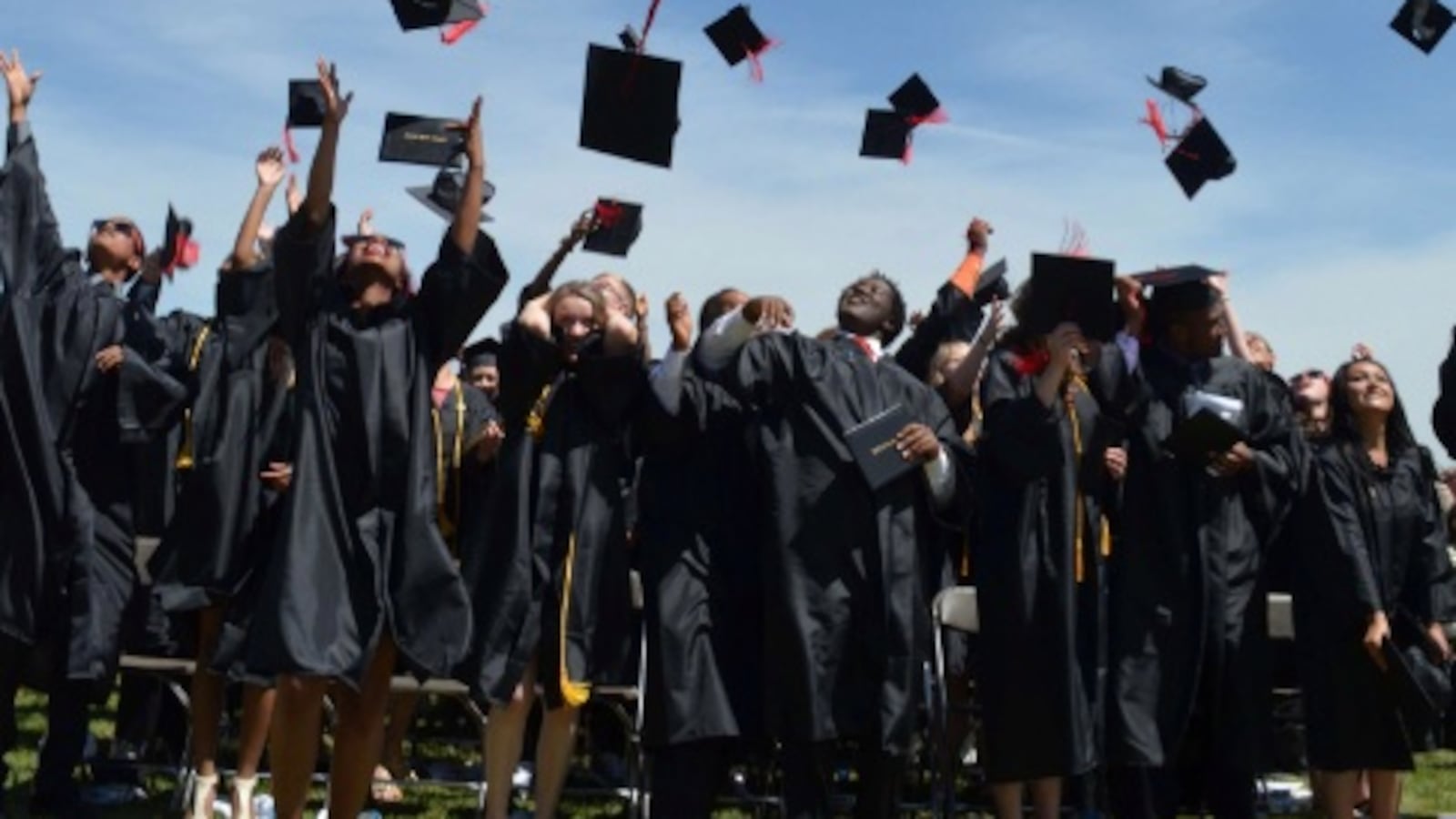At South Brooklyn Community High School, teachers work to help struggling students earn the credits they need to graduate. But students at the transfer school in Red Hook often stumble over a final hurdle: passing all five of New York’s high school exit exams.
The difficulty “really punches you in the face,” said Jonathan Murphy, the school’s director.
A recent change to the graduation rules should be great news for Murphy and his students. Saying that some deserving students were getting trapped without a diploma by that fifth Regents exam, New York officials agreed to allow students to ditch it for an alternative test in science, art, or a technical subject.
But those new options are little more than an illusion for students at South Brooklyn Community. Of about 70 newly approved exams, the school offers courses to prepare students for just two.
“It’s kind of a false promise for our students who desperately need additional pathways and are being left behind,” Murphy said.
South Brooklyn’s bind speaks to a larger mismatch. High schools that serve struggling students tend to offer few courses beyond the basics — potentially preventing the state’s new rules from helping the students who could most benefit.
State education officials say they never expected the policy change to pay off everywhere right away.
“Right now those are the choices we have, and we’re just going to do the best we can,” Regent Roger Tilles said.
Some of the 70 newly approved options are within reach for many city students. According to a 2013 report, 85 percent of city high schools offered earth science, which culminates in an exam that can now count toward graduation. The city is also expanding access to Advanced Placement courses, whose exams can now be swapped in, although students taking them are likely to be on track to graduate already.
All together, the city says 97 percent of schools offered two non-required math or science Regents courses to at least 15 students. (The city did not explain which Regents courses the schools offered, or whether the students who took them were otherwise on track to graduate.)
But many schools — especially those serving students who have fallen behind before getting to high school — offer only a minimal set of non-essential offerings, limiting students’ options for how to cross the last hurdle before graduation. Small high schools can’t easily adjust their lean staffs and budgets to create new courses, and transfer high schools in particular have zoomed in on preparing students for the exams required for graduation.
At Wildcat Academy, which serves students who have repeated grades, students can take a geometry class. But principal Ron Tabano said it covers less material than will appear on a Regents exam in the subject, taking that option off the table for students struggling to graduate.
Introducing new technical training for students who struggle on academic exams is even harder. Schools often have limited space and staff to launch those programs — and getting a new course approved is a time-consuming process.
In other parts of the state, districts with larger high schools and, in some cases, fewer high-needs students might already have expanded course offerings. But the only way many New York City schools can make the alternative options real for students is with more money, school leaders say.
“In theory, these additional pathways are amazing and honor the different experiences and learning encounters that show mastery,” said Brandon Cardet-Hernandez, principal of the Bronx Academy Of Letters. “Still, they will only work if there are funding streams.”
But so far, the state hasn’t offered any additional funds. But Vice Chancellor Andrew Brown and other members of the Board of Regents said they know that expanding graduation options, particularly in the arts and career and technical education, will require them to ask the legislature for more school funding.
“You don’t change a program from a mandatory 5 to a 4+1 and have everybody fall in line immediately,” Brown said. “It is something that needs to be funded.”
The tension is in part why principals are paying such close attention to another new graduation option — a work-skills credential used until recently only for students with disabilities. Students can earn that by passing a work-readiness exam or by completing a program that includes practical experience.
State officials say they aren’t finished approving new ways for students to earn their diplomas. As they do so, Brown said they want to make sure that all students have access to the new graduation options.
“There’s a lot of students in our most vulnerable districts that are perhaps struggling the most,” Brown said. “If they are not able to take advantage of 4+1 but other school districts are … then we will have missed out on a tremendous opportunity.”

